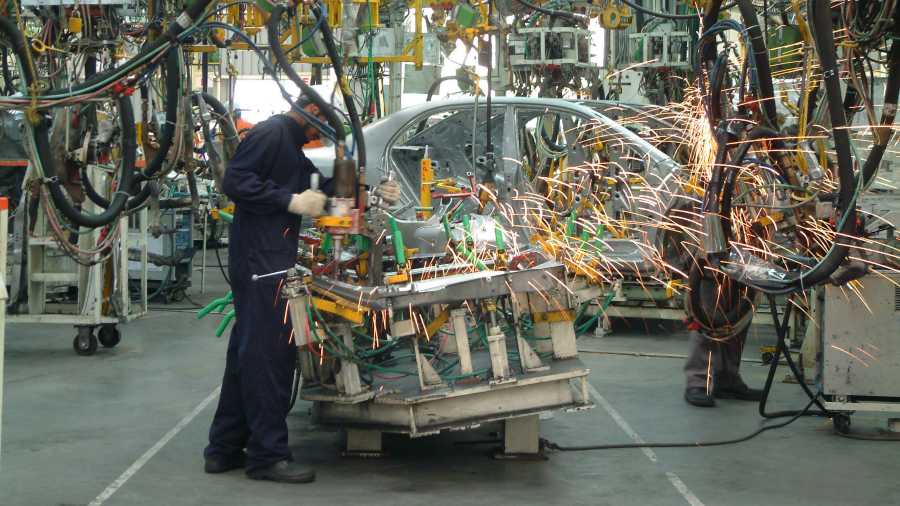Players in the auto industry, including Original Equipment Manufacturers (OEM)s, start-ups and auto ancillaries, are banking on Budget 2022 to give them some relief in terms of production incentives, cuts on direct taxation and changes in the FAME policy.
One of the most talked about schemes in the auto industry is the Production Linked Incentive (PLI) scheme. All OEMs want the PLI schemes to continue and also cover manufacturers with lower production volumes.
The PLI schemes for electronics and advanced chemistry cells (ACC) will help boost the local manufacturing ecosystem for advance and green technologies at global scales, thus making India a strong manufacturing hub. The benefits will also trickle down to MSMEs.
Toyota Kirloskar Motors has called upon the continuation of PLI schemes for green technologies. “Such measures will encourage all industries to bring out all possible greener technologies going forward,” the company said.
Mercedes Benz CEO Martin Schwenk called for a long-term holistic growth for the auto industry by prioritising job creation, infrastructure development, introduction of latest technologies and increased de-carbonisation efforts.
“A relook into the existing taxation structure with a clear focus on the direct tax changes to boost consumption, export promotion, direct job creation and promotion of digitisation is highly desired,” he said.
Only 5 per cent of the Rs 10,000 crore allotted under FAME’s second phase was used from April 2019 to March 2021... there is a need to restructure the funds, said Anmole Bohre of Enigma Automobiles.
EV adoption is gaining unprecedented momentum and electric mobility start-ups want a wide range of financing options for EV commercial vehicles’ buyers. “The government should make the EV sector a priority lending sector for the financial institutions. Additionally, reducing the GST taxation on Lithium-ion batteries and EV spare parts and components can also be a great step forward,” said Deepak MV, CEO & Co-Founder, Etrio.
India’s exports to China up by 34 per cent
The country’s exports to China have increased about 34 per cent to $22.9 billion in 2021 from $17.1 billion in 2019 and imports rose 28 per cent to $87.5 billion in 2021 from $68.4 billion in 2019, according to commerce ministry data.
Trade deficit has increased to $64.5 billion last year compared with $51.2 billion in 2019.
Trade experts have stated that India’s exports to China in 2021 have increased at a faster pace than that of its imports from China when compared with 2019.
Analysts said the imports from China are touching record levels because of the huge demand for electronic goods and machinery by the domestic industry as well as APIs.











